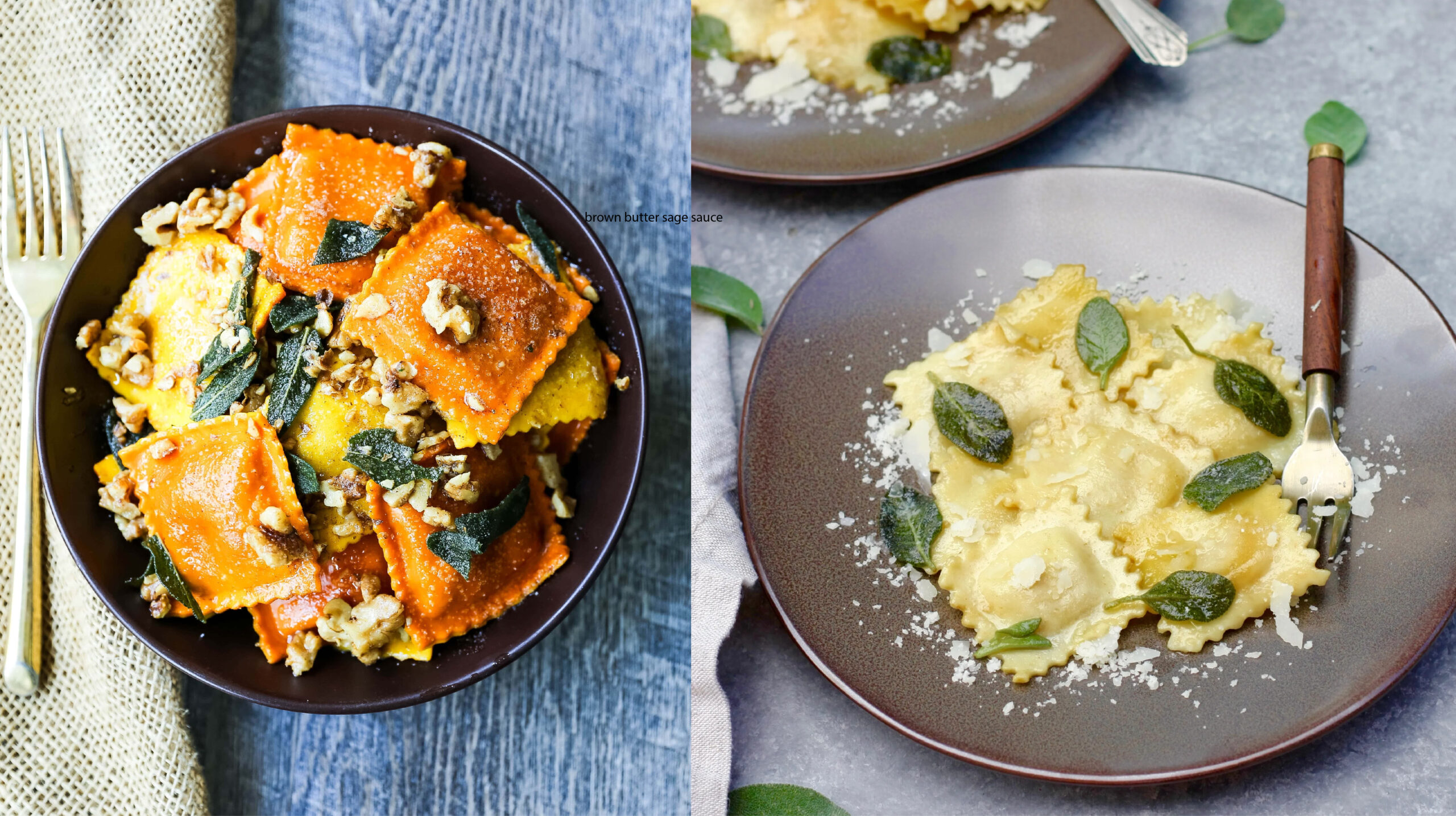Brown butter sage sauce, a simple yet exquisitely flavorful condiment, has long been a favorite in the culinary world. Its rich, nutty aroma combined with the earthy fragrance of sage creates a sauce that can elevate even the most basic dishes to gourmet status. Whether drizzled over pasta, paired with gnocchi, or used as a finishing touch for roasted vegetables, brown butter sage sauce is a versatile and elegant addition to any meal. In this article, we will explore the history of this classic sauce, break down the process of making it to perfection, and provide ideas on how to incorporate it into your cooking repertoire.
The Origins and History of Brown Butter Sage Sauce
Brown butter, known as “beurre noisette” in French cuisine, has a storied history as a fundamental technique used to enhance the flavor of various dishes. The name “noisette,” which means hazelnut in French, aptly describes the nutty aroma that develops as the butter is carefully browned. This culinary technique has been used for centuries, particularly in European cooking, where it is celebrated for its ability to add depth and complexity to both savory and sweet dishes.
Sage, a herb with a strong, slightly peppery flavor, has been a staple in Mediterranean cooking for thousands of years. The pairing of sage with brown butter likely originated in Italy, where it is commonly used in dishes like “burro e salvia,” a traditional sauce for pasta and gnocchi. This classic Italian sauce, made by simply melting butter until it turns golden brown and infusing it with fresh sage leaves, is the foundation of what we now know as brown butter sage sauce.
The Science Behind Brown Butter
Understanding the science of brown butter is key to mastering this sauce. When butter is heated, its milk solids separate and begin to caramelize, producing the characteristic golden-brown color and nutty flavor. This process, known as the Maillard reaction, is the same chemical reaction that gives browned meats and toasted bread their delicious flavor.
However, making brown butter requires a delicate touch. The line between perfectly browned butter and burnt butter is thin, so it’s crucial to monitor the process closely. The goal is to achieve a deep amber color and a fragrant, nutty aroma without letting the butter scorch. The addition of sage at just the right moment further enhances the butter’s flavor, creating a harmonious blend that is both aromatic and rich.
How to Make Brown Butter Sage Sauce
Making brown butter sage sauce at home is straightforward, but it does require attention to detail to ensure the best results. Here’s a step-by-step guide to help you create the perfect sauce every time.
Ingredients:
- 1/2 cup unsalted butter
- 8-10 fresh sage leaves
- Salt, to taste
- Optional: 1 clove garlic, minced (for additional flavor)
Instructions:
- Prepare the Ingredients: Begin by washing and drying the sage leaves. If you prefer a more garlicky flavor, mince the garlic and set it aside.
- Heat the Butter: In a light-colored skillet (to better observe the color change), melt the butter over medium heat. As the butter melts, it will begin to foam. Stir the butter occasionally to ensure even browning.
- Watch for the Color Change: After a few minutes, the milk solids in the butter will start to brown, and you’ll notice a nutty aroma. At this point, the butter will turn a deep amber color. Be vigilant, as the butter can go from browned to burnt quickly.
- Add the Sage: Once the butter has reached the desired color, add the sage leaves. The leaves will sizzle and crisp up in the hot butter, releasing their earthy fragrance into the sauce. If using garlic, add it now as well, and cook for just a few seconds until fragrant.
- Finish the Sauce: Remove the skillet from the heat and season the sauce with a pinch of salt. The sauce is now ready to be used immediately, or it can be stored and gently reheated before serving.
Culinary Applications of Brown Butter Sage Sauce
Brown butter sage sauce is incredibly versatile and can be used in a variety of dishes. Its rich, nutty flavor and the herbal notes of sage make it a perfect pairing for a range of ingredients. Here are some popular ways to incorporate this sauce into your meals:
Pasta and Gnocchi
One of the most traditional uses for brown butter sage sauce is as a dressing for pasta, particularly filled pastas like ravioli or tortellini. The sauce complements the richness of the pasta, especially when the filling includes ingredients like butternut squash, ricotta, or mushrooms. Similarly, it pairs beautifully with gnocchi, enhancing their pillowy texture with the sauce’s warm, nutty flavors.
Roasted Vegetables
Brown butter sage sauce can transform a simple side of roasted vegetables into a standout dish. Try drizzling it over roasted butternut squash, Brussels sprouts, or carrots. The sweetness of the roasted vegetables balances the richness of the sauce, creating a dish that is both comforting and sophisticated.
Meat and Poultry
This sauce also works wonderfully with meat and poultry. Use it as a finishing touch for roasted chicken, pork chops, or steak. The sage adds an earthy, slightly peppery note that complements the savory flavors of the meat, while the brown butter adds a luxurious richness.
Seafood
For a more unexpected pairing, try serving brown butter sage sauce with seafood. It works particularly well with delicate white fish, such as sole or cod, as well as with scallops. The sauce adds depth without overwhelming the subtle flavors of the seafood.
Tips for Perfecting Brown Butter Sage Sauce
While the process of making brown butter sage sauce is simple, there are a few tips to keep in mind to ensure you achieve the best results:
- Use Unsalted Butter: Unsalted butter allows you to control the salt level of your sauce more precisely. This is important because browning butter intensifies its flavor, and too much salt can overpower the sauce.
- Choose Fresh Sage: Fresh sage leaves are essential for achieving the best flavor. Dried sage won’t provide the same vibrant, earthy aroma as fresh leaves.
- Watch the Butter Closely: As mentioned earlier, brown butter can easily turn into burnt butter if left unattended. Stay by the stove and keep a close eye on the butter as it cooks.
- Adjust the Timing: Depending on the type of dish you’re preparing, you may want to adjust when you add the sage. For example, if you want a stronger sage flavor, you can add the leaves earlier in the browning process.
Conclusion
Brown butter sage sauce is a timeless classic that brings a touch of elegance to any dish. Whether you’re looking to enhance a simple plate of pasta or add depth to roasted vegetables, this sauce is a versatile and flavorful choice. By mastering the technique of browning butter and perfectly infusing it with sage, you can create a sauce that elevates your cooking and impresses your guests. With its rich history and endless culinary applications, brown butter sage sauce is a must-have recipe in any home cook’s repertoire.
Read more: Exploring LewdZone: A Comprehensive Guide to Its Features and Impact




